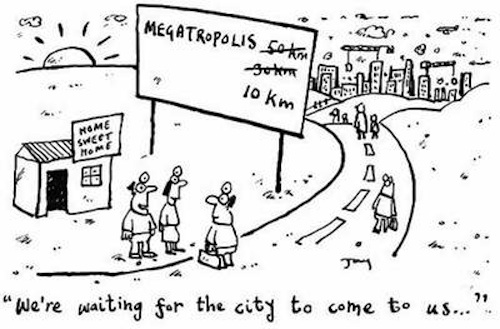Sprawl is a pretty big topic — and has ties back to politics, too — with a lot of impact on where people eventually want to move/settle. Now there’s a new report doing a longitudinal study of urban sprawl from 2000-2010; the report is also summarized here. Before we get too deep into this, consider a fairly large caveat at the beginning, from the report’s authors themselves:
Still, as another way to evaluate city growth policies, changes in the Sprawl Index deserve our attention. Ewing and Hamidi report that, as a general rule, the urban areas that were compact in 2000 remained compact in 2010, and vice versa for those that were sprawled. Overall, sprawl increased during the decade — “but only slightly,” they conclude. It may take another 10 years to know which way the momentum is heading.
The changes weren’t amazingly drastic, then, but across the top 162 population cities in the United States, these were the cities that became more compact:
Overall, the five most compact cities as of 2010 were (1) Bay Area, (2) Reading, PA, (3) Madison, WI, (4) Eugene, OR and (5) Laredo, TX. Quick hits on that? College towns galore, and of course, the Bay Area’s compactness is one reason for insane rents. That’s both a large pro and a large con at the same time.
From 2000 to 2010, these were the cities that sprawled out the most:
The overall most-sprawled cities in America as of 2010 were pretty much exclusively in the Southeast — Atlanta was No. 1 (see the video at the top of this post) and Charlotte and Nashville ranked high too. The only non-SE city in the top 10 overall was Victorville, CA.
You can also argue the time window (2000-2010) for this particular research isn’t ideal because it contained a major U.S. market crash, which is going to affect the rate of sprawl increase (this in addition to the caveat already presented). It may not mean much, but it’s interesting to consider.
I’ve been to Tallahassee and it seemed fairly sprawling, so I was intrigued by that index. In terms of how they did it, here are a few resources.


